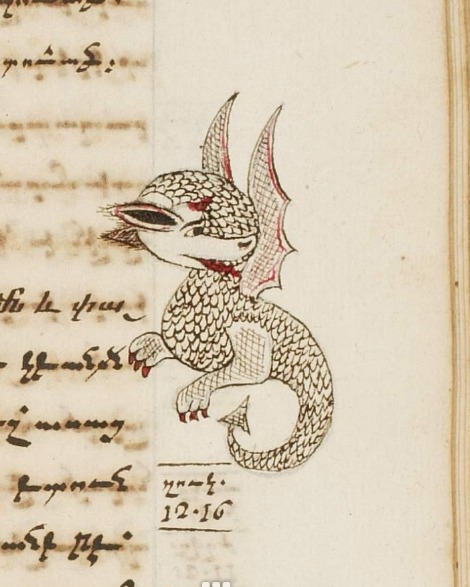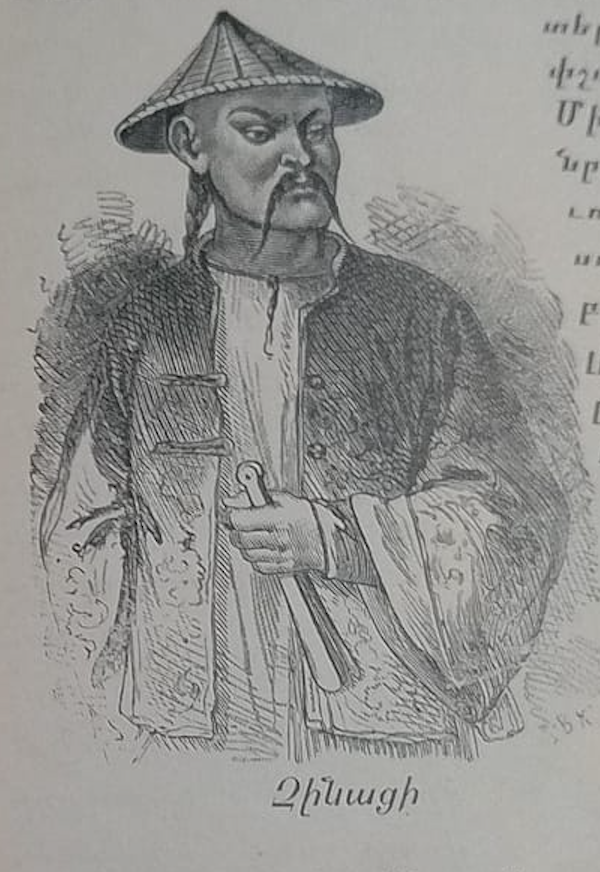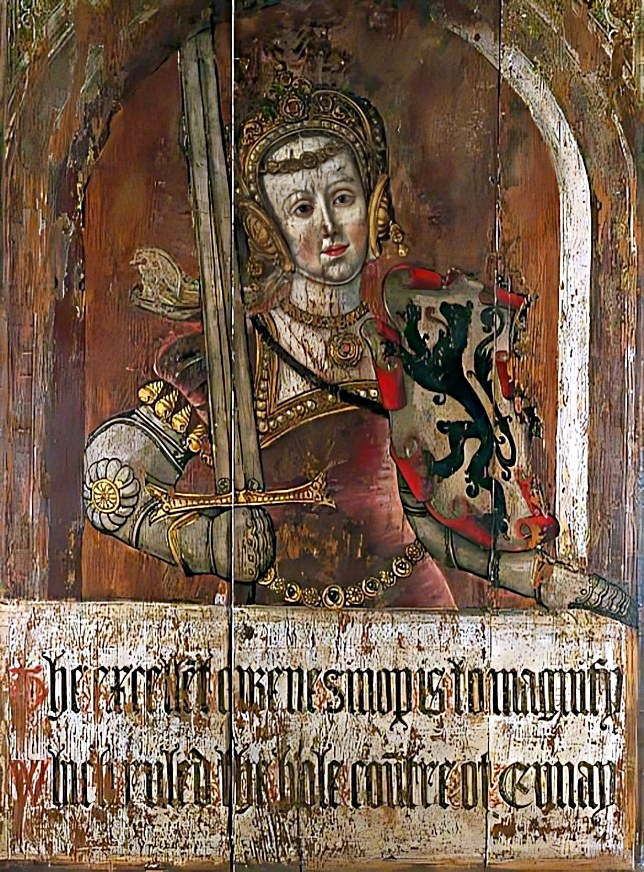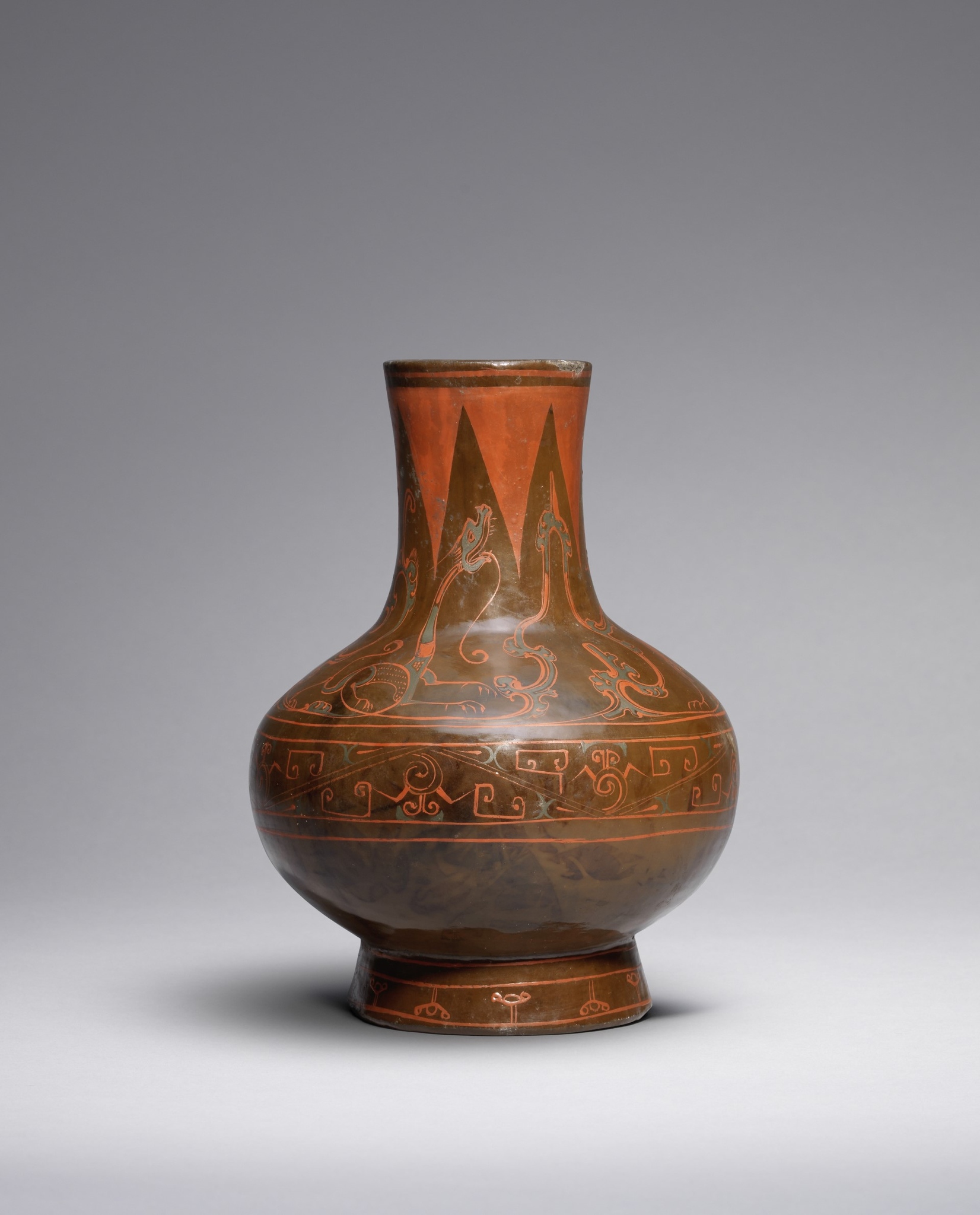
The Chinese perception of the Armenian merchant image
In 1944, Mathias Komor, a New York dealer (1909 – 1984), sold a Tang-dynasty (8th
century BCE) small-scaled figurine (overall: 33.5 x 16.3 x 16.3 cm) to the Museum of Fine
Arts, Boston, for $850. The current artifact is described in the MFA online collection as “A
Man of West Asian type (probably an Armenian wine merchant) holding a leopard skin
bottle”. It’s a bearded, large-eyed male figure with the aquiline nose (a Roman nose or
hook nose) in the form of three-coloured glazed earthenware (sancai) with red slip.
In the 8th century, people from across Eurasia headed to the Tang capital at Chang’an
(modern Xi’an) to trade, live and preach. As a result, depictions of foreigners increased
greatly during this time. Glazed sancai (tricolor) pottery was the most widespread medium
among Chinese ceramists, who created the artistic tradition of executing foreigners in their
exotic outfits, sometimes with their loaded camels or attributes that speak of their
occupation and the way Chinese court had perceived their image.
During the reign of Tang dynasty (618–907), China started to import grape wine from
Central Asia. Armenia in its turn has long been considered as one of the oldest wine-
producing regions of the world: the oldest known winery was found in Armenia’s Areni
region, which is known for its wine production and endemic grapes even nowadays.










